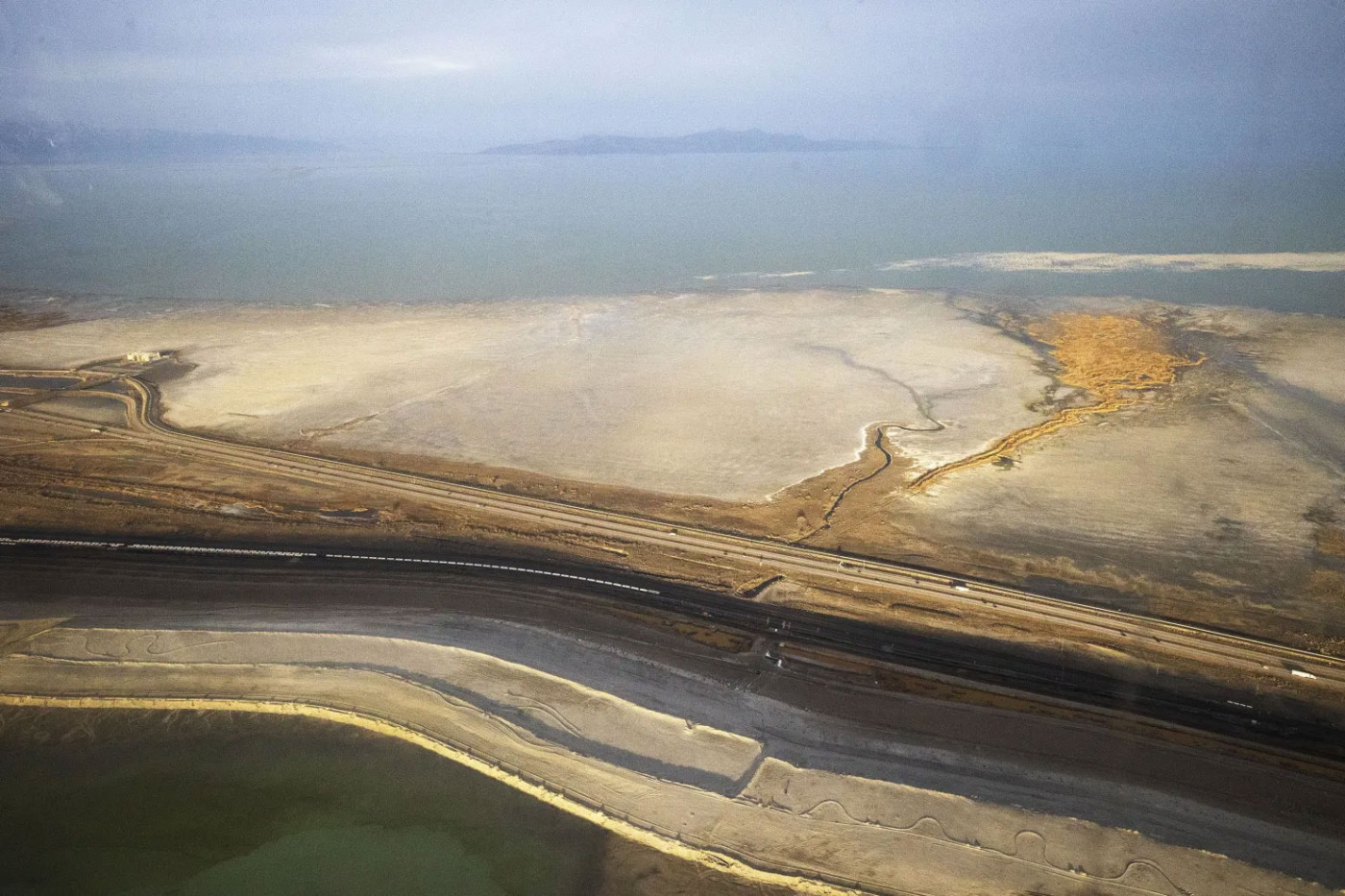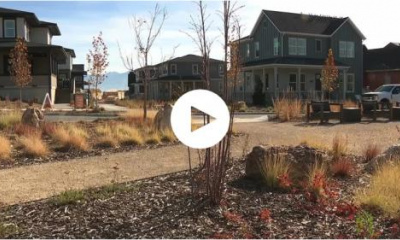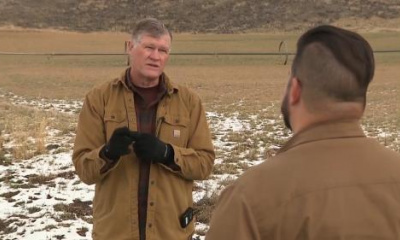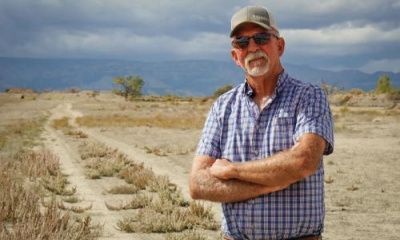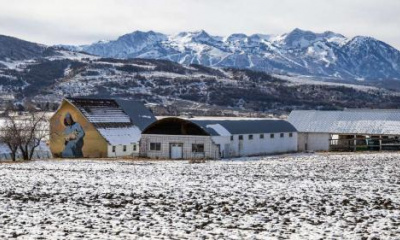Utah legislative committee unanimously endorses measure
A committee of Utah lawmakers on Friday unanimously approved a measure that would infuse $40 million worth of solutions into helping the ailing Great Salt Lake.
HB410, sponsored by House Speaker Brad Wilson, R-Kaysville, facilitates a process that ultimately awards the money to an eligible conservation organization tasked with improving flows to the lake, boosting the health of its watershed and raising money through public and private partnerships.
Wilson’s district covers half of the Great Salt Lake and Antelope Island.
As a Davis County resident, he told members of the House Natural Resources, Agriculture and Environment Committee that he’s always had a close connection with the lake.
“The lake has always been there. And quite frankly, I thought it always would be, but I’m not sure that’s the case. I’m not sure the lake will always be there unless we have some important and meaningful interventions,” he said. “It’s been great to see the attitude about this lake changing and the concentrated effort that’s happening across the state to pay attention to this really important vital resource that we have.”
The Great Salt Lake hit its lowest recorded level last October, and since pioneers arrived in Utah nearly 175 years ago, it has dropped 11 feet due to diversions and drought.
Rep. Carl Albrecht, R-Richfield, said each foot of water loss exposes 150 square miles of lake bed, something lawmakers were witness to earlier this week when they took an aerial tour of the lake.
“That lake falling is something that is going to have long-term consequences for all of us,” said Brian Steed, executive director of the Utah Department of Natural Resources.
“If we don’t get it right, it is going to have billions of dollars of costs. And the solutions are not easy,” he added. “What I love about this solution being proposed today is it’s a first step in trying to figure out how to get more water in the lake and it’s a balanced approach. And ultimately, I think that there is no higher priority that this body should consider and how we get solutions oriented to saving that lake because there is value for all of us.”
Under the measure, eligible applicants would be required to have knowledge and experience of the Great Salt Lake and its watershed and wetlands, experience with Utah water laws and a history and ability to attract funding for land and water conservation projects.
Wilson’s bill also emphasizes a need for upstream conservation work to improve the health of the lake.
The successful applicant would establish the trust as a private nonprofit organization or as an agreement between two or more conservation organizations.
Applicants have to apply within 60 days of the law taking effect, and by 90 days, the Utah Division of Forestry, Fire and State Lands, in coordination with the Utah Division of Water Quality will rank them and make a selection.
Rep. Joel Briscoe, D-Salt Lake City, spoke to the comprehensive nature of the bill and its application process, noting “time is of the essence.”
Rep. Scott Chew, R-Jensen, had a number of questions based on feedback from residents in his district in northeastern Utah.
“We all are aware of the Great Salt Lake and had never thought about it as being any more than just the Great Salt Lake, but this recognition has come around to folks in my area who realize that this is our Great Salt Lake also,” he said.
The bill drew support from a number of organizations that include The Nature Conservancy, the National Audubon Society and Friends of the Great Salt Lake.
Lynn de Freitas, executive director of Friends of the Great Salt Lake, said the need for a measure like Wilson’s is overdue.
“I cannot overstate the importance of this bill,” she said. “For too long, the lake has been at the literal end of the line when it comes to water rights. This bill will help change that. For too long, every drop of water in the lake was considered wasted. This bill will turn that on its head.”
Wilson’s bill now goes to the full House.
Lawmakers have already approved another measure designed to help the Great Salt Lake — HB33 sponsored by Rep. Joel Ferry, R-Brigham City.
That bill creates a monumental shift in water rights in Utah, allowing “sovereign lands,” to be designated as a beneficial use for water. That designation includes the Great Salt Lake.
Ferry’s measure allows holders of water rights to lease their water for a period of up to 10 years for the benefit of the Great Salt Lake without risking losing their water right.

